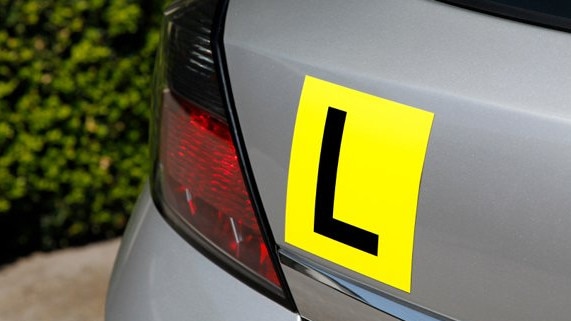How driving test success varies on where you live
Damning statistics which uncover the state with Australia’s worst drivers prove its not how you learn but where that matters.

Motoring News
Don't miss out on the headlines from Motoring News. Followed categories will be added to My News.
Where you might live could impact whether or not you pass your drivers license.
All states require a set number of supervised driving hours before taking a practical test and some states seem tougher than others.
New South Wales is the toughest state for learners with the lowest first pass rate of 66.1 per cent, according to an analysis by Novated Lease Australia.
Despite requiring a staggering 120 hours of supervised driving, learners in NSW are struggling more than anywhere else to pass their practical driving test on the first attempt.

Tasmania lies at the opposite end of the scale.
It has the highest first-time pass rate at 85.6 per cent, despite requiring fewer log book hours than NSW thanks to an 80-hour driving requirement.
Western Australia leads the charge with the most efficient state for passing the practical driving test with a pass rate of 68.4 per cent despite requiring just 50 hours of instruction.
The Department of Transport in Western Australia has also implemented long training courses and tablet-based assessments which they say has led to more consistent pass rates across testing centres.

However, even within WA, the pass rate fluctuates with some centres such as Success having a high pass rate (48.9 per cent), while others like Mirrabooka lagging behind at 34.2 per cent.
Factors like learner preparedness, nervousness and logistic issues may also contribute to the difference.
South Australia ranks second, with a whopping first-time pass rate of 81.3 per cent while requiring 75 hours of driving.
This raises questions about whether longer training hours actually help or not but its clear that many factors play a role in determining driving success across different states.
While the comparison between states on required driving hours and pass rates offers an insight, the issue is complex.

Many factors influence the driving test outcome beyond just the hours of practice and pass rates.
There are regional differences, variations between road conditions, types, and driving environments can affect how learners perform.
The quality of driver instructors also plays an important role and can impact learners regardless of the number of hours logged.
Additionally, there are differences in the rigour of the practical tests and the criteria for passing.
Anxiety levels and personal experiences can also impact learner’s performance during a test.
Lastly, access to testing facilities, wait times for appointments and even the availability of driving schools can play a part.
https://www.novatedleaseaustralia.com.au
Originally published as How driving test success varies on where you live




